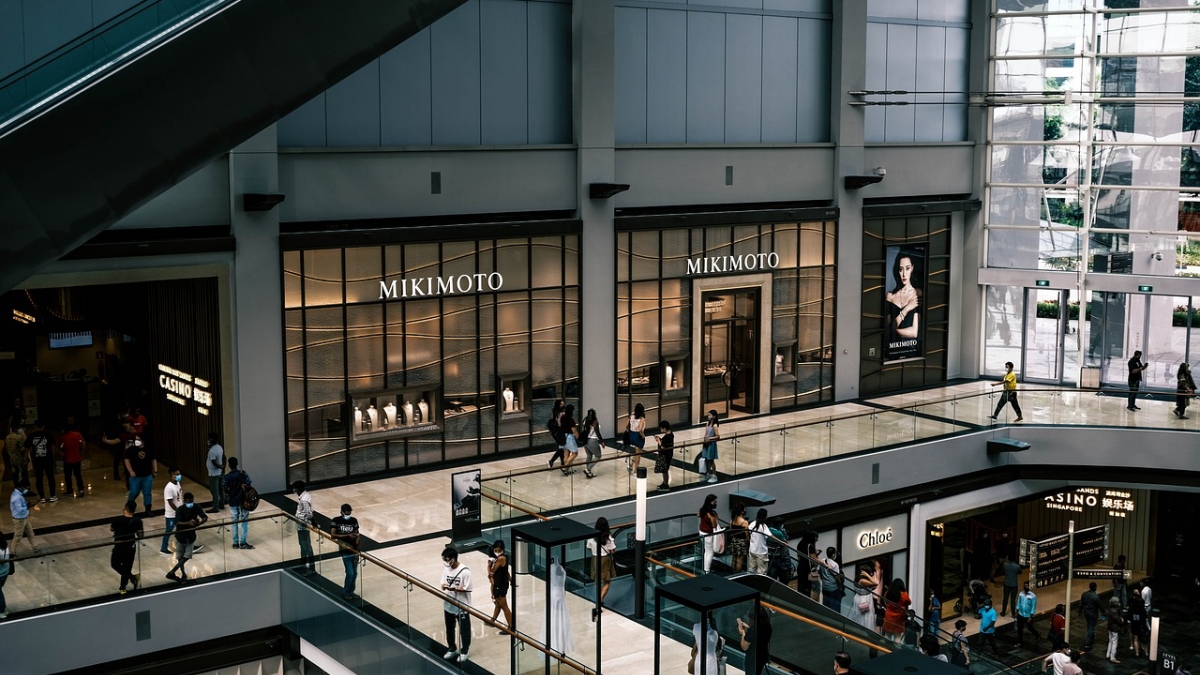
The retail landscape is evolving at a rapid pace, driven by technological advancements, shifting consumer preferences, and the rise of e-commerce. While some retail sectors thrive, others face the risk of becoming obsolete.
Here we explore various types of retail businesses that are struggling to keep up with the changing market dynamics, focusing on why they are at risk and what the future might hold for them.
Table of Contents
1. Physical Video and Game Rental 2Stores
Once a staple of weekend entertainment, video and game rental stores have seen a sharp decline in recent years. The rise of streaming services like Netflix, Disney+, and Amazon Prime
Video has made it convenient for consumers to access a vast library of movies and TV shows from the comfort of their homes.
Similarly, gaming platforms like Steam, PlayStation Network, and Xbox Live offer instant access to games, reducing the need for physical rentals. As digital content continues to dominate, traditional rental stores find it increasingly challenging to attract customers.
2. Brick-and-Mortar Bookstores
The traditional bookstore experience is under threat, especially for large chain stores. Online retailers like Amazon offer competitive pricing, a vast selection, and the convenience of home delivery.
The popularity of ebooks and audiobooks further erodes the demand for physical books. While independent and niche bookstores may survive by offering unique selections and community experiences, large bookstores must adapt or face closure.
3. Department Stores
Department stores have long been a one-stop shopping destination for various products, from clothing to household goods. However, the rise of online shopping and the preference for specialized retailers have impacted their appeal.
Consumers now have more options to buy directly from brands or niche stores, often at lower prices. As a result, many department stores are closing or downsizing, and the remaining ones are focusing on enhancing in-store experiences and integrating online and offline shopping.
4. Shopping Malls
Shopping malls, once bustling with activity, are facing a decline. The loss of anchor stores, which draw significant foot traffic, coupled with the convenience of online shopping, has led to reduced customer visits.
Many malls are now reinventing themselves as mixed-use developments or entertainment hubs, incorporating dining, fitness centers, and even residential spaces to attract visitors. However, the traditional mall experience is unlikely to return to its former glory.
5. Mattress Stores
The mattress industry has been disrupted by the rise of “bed-in-a-box” companies like Casper, Purple, Keetsa, & Tuft & Needle. These companies offer mattresses that are shipped directly to consumers’ doors, often with generous trial periods and return policies.
The convenience and competitive pricing of these online options have put traditional mattress stores at risk. Consumers no longer need to visit a store to test out a mattress, as they can easily order one online and try it at home.
6. Photo Development Shops
The advent of digital cameras and smartphones has revolutionized photography, making it easier than ever to take and share photos. As a result, the need for physical photo development has diminished.
Many people store and share their pictures digitally, reducing the demand for photo development shops. While some consumers still appreciate physical prints, especially for special occasions, the overall trend points towards a digital future.
7. Traditional Travel Agencies
The convenience of online travel booking platforms and apps has transformed the travel industry. Consumers can now easily compare prices, read reviews, and book flights, hotels, and vacation packages on their own.
This shift has led to a decline in traditional travel agencies, which were once essential for planning trips. While some agencies have adapted by offering specialized services or catering to niche markets, the majority are struggling to compete with the ease and accessibility of online booking.
8. Check-Cashing and Payday Loan Stores
As digital banking and payment methods become more widespread, the need for physical check-cashing and payday loan stores is declining. Many people now use direct deposit, mobile banking, and online payment systems, reducing the need for these services.
Additionally, there is a growing push for financial inclusion, with efforts to provide underserved communities with better access to traditional banking services. As a result, check-cashing and payday loan stores may face a diminishing customer base.
9. Electronics Retailers
Electronics retailers are experiencing challenges as consumers increasingly turn to online shopping for their electronic needs. While large chains like Best Buy have adapted by emphasizing customer service and in-store experiences, smaller, specialized electronics stores are struggling.
The ease of price comparison and the wide selection available online make it difficult for physical stores to compete. However, some retailers are focusing on offering exclusive products, in-store demos, and tech support to differentiate themselves.
10. Traditional Music Stores
The music industry has undergone a digital transformation, and traditional music stores have been left behind. With the dominance of streaming services like Spotify, Apple Music, and YouTube, the demand for physical CDs has plummeted.
While there is a niche market for vinyl records and collectibles, it is not enough to sustain many traditional music stores. Digital downloads and streaming have become the preferred methods for music consumption, making physical media increasingly obsolete.
The retail industry is in a state of flux, with some businesses thriving and others struggling to survive. While certain types of retail stores may become obsolete, others may find ways to adapt to the changing landscape.
The key for these businesses is to innovate, offer unique value propositions, and embrace digital transformation. As consumer behaviors continue to evolve, the retail landscape will undoubtedly see further changes, making adaptability and foresight crucial for survival.